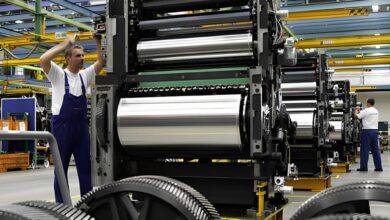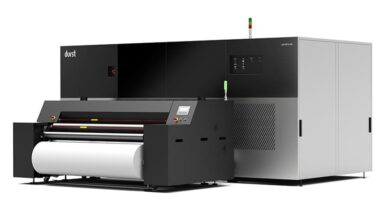A Detailed Look at the Modern VDP Revolution

The original practice of VDP was created and tuned to support personalized business communications, such as transactional statements or forms. It did not match the type or degree of variability in digital media (e.g., the Internet) and in digital color printing from the late ‘90s onward. Modern VDP emerged from observing these gaps and realizing that print will not flourish without closing them. By closing these gaps, Modern VDP transformed VDP into a medium that supported refined, unconstrained, and highly creative variability. By enabling such variability and using online models for data and rules (scripting) – similar to what was available for digital media — Modern VDP expanded the market for print, making it applicable to all marketing or communications initiatives that require targeted, individualized communications. Moreover, the print businesses that practiced Modern VDP had to embrace its use of online data and rules, which helped them become digital savvy, transform their companies, stay relevant to their customers, and, ultimately, grow their business.
In a new white paper, On Modernizing Variable Data Printing, Jacob Aizikowitz, founder of XMPie and its president until retiring in May 2019, provides an insightful exploration and deep dive on Modern VDP. The paper explains how Modern VDP came to be, the innovation and technology developments required to materialize the vision and the interaction between Modern VDP and the broad spectrum of applications in individualized marketing and communications applications. Aizikowitz explains how the development of Modern VDP followed the philosophy and footsteps of Desktop Publishing, which was all about empowering the originators – authors, designers, and creative professionals. As a result, implementing Modern VDP involved:
- Defining Dynamic Documents and Elements-based Variable Data Print Definition Languages (E-VPDL),
- Developing software that would support creating and editing Dynamic Documents, and
- Developing algorithms that transformed Dynamic Documents into print streams while leveraging caching and reusing as much as possible. The paper also ventures to present architectures for efficient parallel processing of such algorithms, which emerge as a perfect fit for today’s ability to leverage cloud systems to amass on-demand, massive computing power.
On the business and strategy side, the paper takes a close look at VDP in the fast-growing Customer Experience (CX) and Customer Experience Management (CXM) markets. Moreover, the paper includes a What’s Next section that explores the role of VDP in modern customer experiences that have print as an integral part—and even includes a few thoughts about the role of artificial intelligence (AI) in VDP.
What you’ll learn in this white paper:
For developers of VDP solutions (software and hardware, at vendors, print businesses, or digital agencies – you’ll get an intimate look into the foundations and how they work together, including what impacts performance and what’s driving the ability to link print and digital media to create engaging and successful customer experiences.
For leaders of print businesses – you’ll gain the insights that would allow you to engage your customers or prospects with higher-value propositions, especially automating the creation of fruitful and convincing brand/consumer dialogues for winning customer experiences.
For Brand Executives (large or small) – you will understand what’s possible with print (especially as it relates to packaging, labels, and any form of on-object printing) and how to leverage it for using the “product” as a touch point in customer journeys.
Variable-data printing has come a long way over the decades. This paper provides a rare opportunity to understand the drastic change that happened in the late ‘90s, which catapulted print into a first-class media, together with digital media, for marketing and customer experiences. The paper also provides an intimate look into innovation and the role of customers, technologists, and visionaries in triggering and driving it.

.gif)



